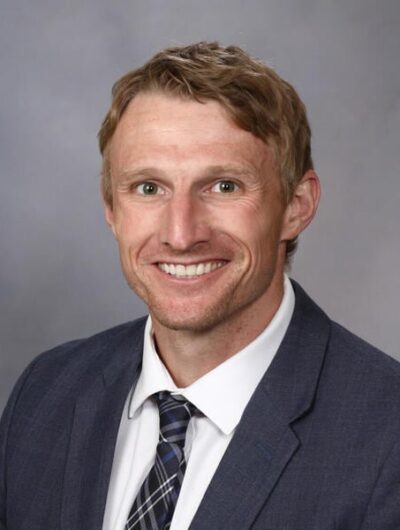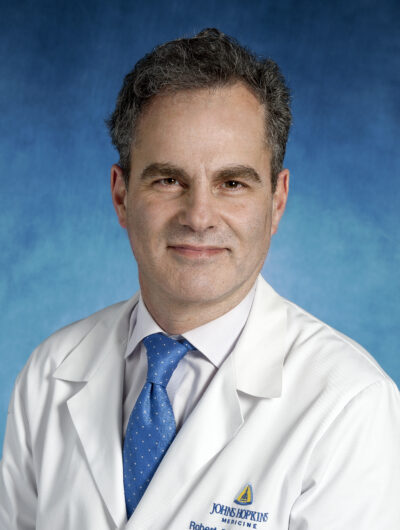Committee on Research Update: Nationwide Clinical Practice Patterns of Anesthesiology Critical Care Physicians published in Anesthesia and Analgesia
Two years ago under the leadership of Drs. Robert Stevens and Matthew Warner the SOCCA Research Committee formed the SOCCA Data Subcommittee which was charged with expanding the portfolio of survey information that would be of interest and utility to our membership.
This month we are glad to showcase some work recently published in Anesthesia and Analgesia highlighting the first of these surveys as key deliverables from the Research Committee.
We felt one of our first tasks was to gain an understanding of contemporary clinical practice of our subspecialty for a multitude of reasons—to recognize the opportunities and challenges facing critical care anesthesia, optimize staffing patterns, assess sustainability and satisfaction, and strategically plan for future activity, scope and training.
Therefore, after appropriate IRB approval, this study invited members of SOCCA sourced through our membership distribution list to evaluate practice patterns of critical care anesthesiologists using a voluntary online survey between May and June 2021. Respondents were asked to describe practice patterns at their respective institutions, and provide information about their demographics, salaries, effort in ICUs as well as other activities.
490 participants were invited to take this survey and 157 (response rate 32.0%) surveys were completed and analyzed. In terms of key findings, the majority of respondents were white (73%), male (69%), and under 50 years of age (82%). The cardiothoracic/cardiovascular ICU was the most common practice setting, with 69.5% of respondents reporting time working in this unit. Significant variability was observed in ICU practice patterns.
Respondents reported spending an equal proportion of their time in clinical practice in the operating rooms and intensive care units (median 40%, IQR 20-50%). Female respondents reported salaries that were $36,739 less than males; however, this difference was not statistically different and after adjusting for age and practice type, these differences were less pronounced (-$27,479.79, 95% CI: -$57,232.61 to $2,273.03; p = 0.07). Some other key results are also depicted here graphically.
These survey data provide a current snapshot of anesthesiology critical care clinical practice patterns in the United States. In the future, additional granular information about factors affecting compensation, temporal trends in ICU coverage and clinical practice patterns can help inform decisions on staffing, clinical organization and compensation. We wish to thank all authors for this contribution, the SOCCA Board of Directors for their guidance and support in this endeavor and of course our Society’s membership for taking the time to contribute.






































